Deep beneath the charming town of Castellana Grotte in southern Italy, I stumbled upon a hidden world of natural wonders. During my recent trip to Puglia, I found this remarkable cave system sitting about 70 meters below the surface.
These underground chambers blew me away—especially the two that couldn’t be more different: the dazzling White Cave, with its gleaming formations, and the mysterious Black Cavern, full of shadowy depths.
Walking through these caves, I felt like I’d stepped into another world. The White Cave, with its bright alabaster formations, looked almost unreal—some of the purest limestone I’ve ever seen.
Then there’s the Black Cavern. It’s darker, heavier, and honestly, a bit spooky. The contrast between the two is wild, a real testament to the crazy diversity of geological processes that shaped this place over millions of years.
The whole cave system stretches for about three kilometers. Passageways wind between chambers, and everywhere you look, stalactites hang from the ceiling like stone icicles.
If you’re planning a visit, wear comfy shoes and grab a light jacket. Underground, it stays cool even when Puglia bakes in the sun.
Guided tours here are fascinating—they’ll tell you all about how water and time carved out this masterpiece.
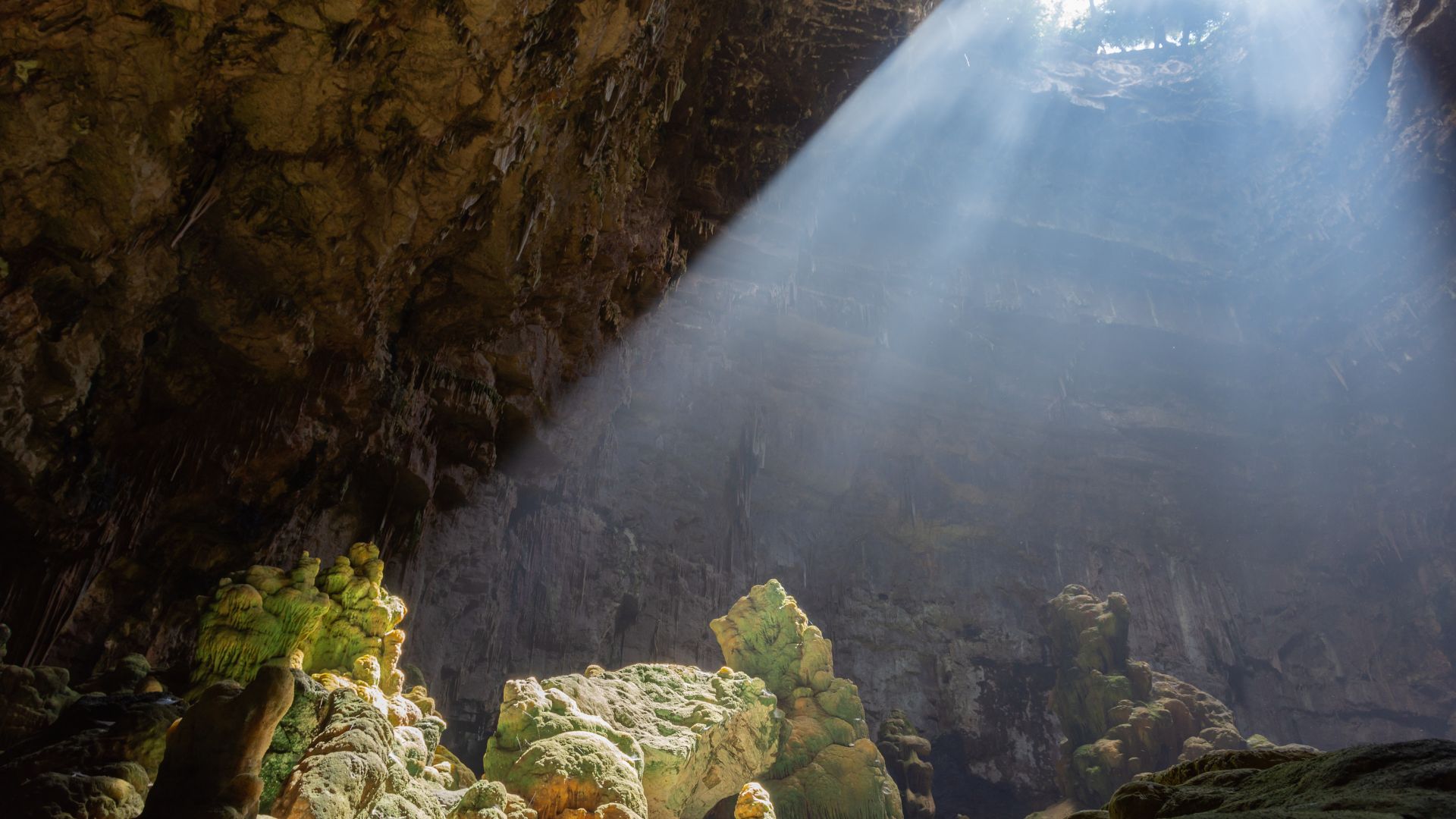
Discovering the Castellana Caves
The Castellana Caves in Puglia offer a mind-bending underground journey through millions of years of geology. These karst caves, just outside Castellana Grotte, really show off nature’s talent for sculpting limestone formations.
Journey Through the Grotte di Castellana
I started my adventure at “La Grave,” the massive entrance cavern that welcomes you into this underground world. The full tour covers over three kilometers beneath the earth.
As I ventured deeper, the temperature dropped, and the air grew thick with the scent of ancient stone.
The cave system offers two main tours. I went for the full experience, eager to see all the remarkable chambers and formations.
Our guide shared stories about the caves’ discovery and led us through tight passages that suddenly opened into huge caverns.
The lighting throughout the caves impressed me. It highlights the best formations and makes the whole place feel a bit magical.
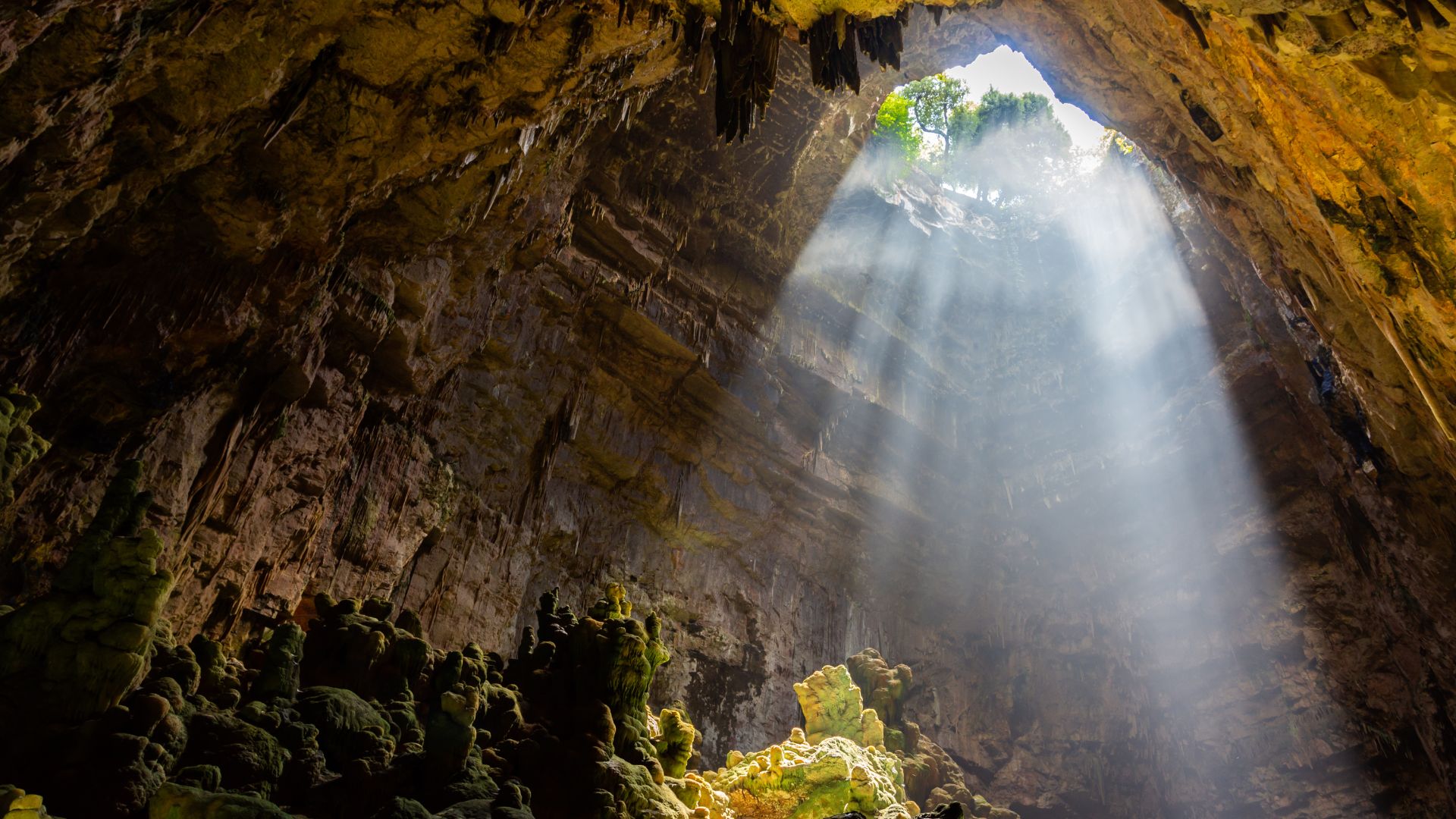
Geological Wonders and Formations
These caves are packed with wild limestone formations built over tens of thousands of years. Stalactites hang from above, while stalagmites push up from below.
Sometimes, they join together and form columns that look like they’re holding up the whole ceiling.
The mineral colors here are incredible. Iron oxides splash reds and oranges everywhere, while other minerals bring in greens, yellows, and browns.
Karstification—yeah, that’s the process—created all this. Slightly acidic rainwater slowly dissolved the limestone, carving out these chambers over millions of years.
It’s a slow, almost stubborn process, but look what it’s made.
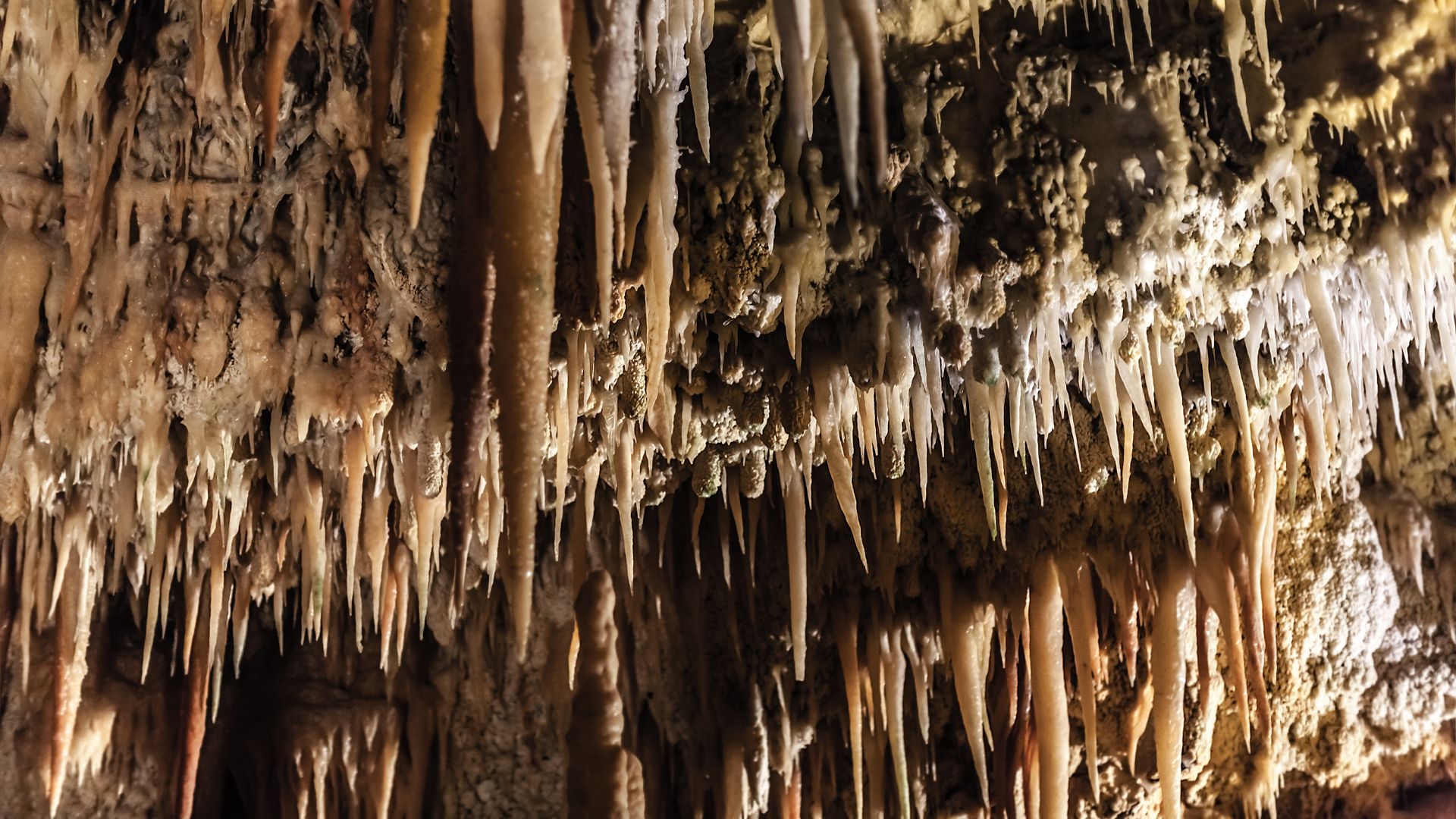
Natural Phenomena Shaping White Cave and Black Abyss
The White Cave (Grotta Bianca) and the Black Cavern (Caverna Nera) are nature’s way of showing off. In the White Cave, pure alabaster formations sparkle like fresh snow under the lights.
People call it “the most dazzling cave in the world,” and I get why.
The Black Cavern is the opposite—its walls are dark, shaped by different minerals. The Precipice Cavern (Caverna del Precipice) adds another layer, dropping away into dramatic depths.
Water still shapes these caves. Tiny droplets, each carrying minerals, keep building new formations—slowly, almost invisibly.
It’s wild to think these caves are still changing, even as we walk through them.
White Cave: The Radiant Chamber
The White Cave is the showstopper of Castellana—pristine limestone formations create a surreal landscape under the Puglian countryside.
Its white walls bounce the light around, turning the chamber into something that feels almost sacred.
Unique Speleothems and Mineral Highlights
Every time I walk through the White Cave, those aragonite crystals catch my eye. They glitter like diamonds when my flashlight hits them, growing in wild clusters that seem to ignore gravity.
The “Bride’s Veil” is the star here—a thin, see-through sheet of calcite hanging fifteen feet from the ceiling to the floor. It’s so fragile that guides warn us not to breathe too close.
Roman coins have turned up in some stalagmites, hinting that ancient visitors came here for shelter or maybe rituals.
Some even say Emperor Hadrian might have visited during his travels.
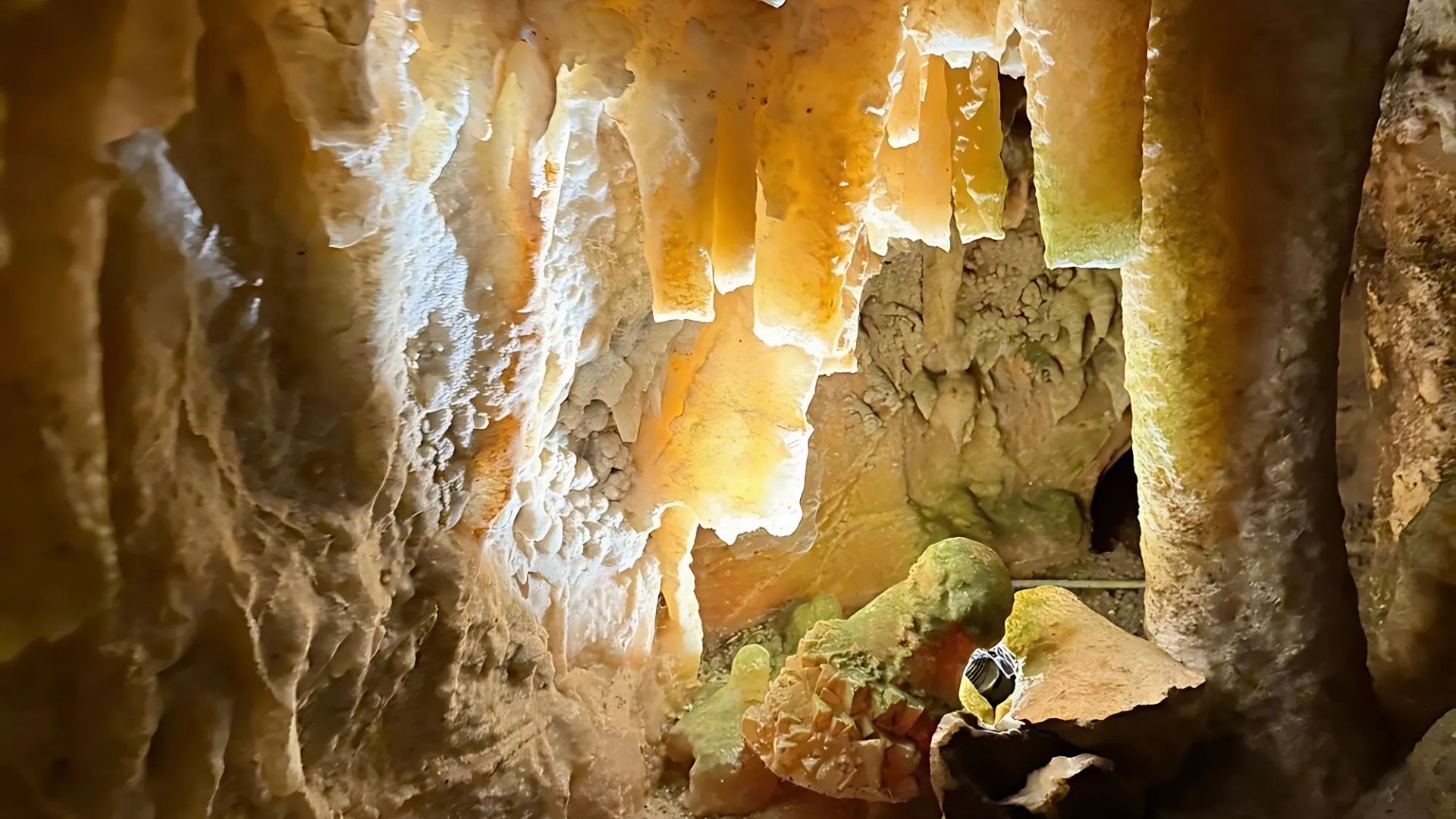
Echoes of Ancient Landscapes
Fossils in the cave walls tell a wild story. Marine creatures from 90 million years ago are frozen in the limestone.
It’s humbling to realize I’m standing where an ancient sea once flowed.
I ran my fingers over ammonite impressions, perfectly highlighted by guide lights. These spiral-shelled animals once swam in warm waters above what’s now Italy.
Nature has been at work here for ages. Water droplets, loaded with minerals, keep building this place up, layer by tiny layer.
The Illumination and Atmosphere
A new lighting system, installed in 2018, changed everything for visitors. LED fixtures with custom color temperatures show off the formations’ real brilliance, but don’t overheat them.
Some chambers even have lights that mimic Mediterranean daylight, shifting the mood as you move through.
It’s a subtle touch, but it makes the experience feel more alive.
The cave keeps a steady 16°C (61°F) and 90% humidity. It’s a bit cool, but honestly, with a light jacket, it’s perfect for exploring—even if you want to hang out and take photos for an hour.
Black Abyss: The Mysterious Depths
The Black Abyss is the dark twin of the White Cave. This huge chamber drops away into darkness, making you feel both awed and a little on edge.
Atmosphere and Legends
When I first stepped into the Black Abyss, a chill ran through me. The temperature falls as you descend, and echoes seem to get swallowed by the dark.
Locals say the cave makes “hollow gurgles” deep inside the mountain.
Some believe the abyss links to underground rivers that flow straight to the sea.
Our guide pointed out strange markings that some think were left by ancient peoples during rituals.
The best legend is about a shepherd who chased his lost sheep into the cave. He came out three days later, claiming he’d found an underground civilization.
Nobody believed him, but the story just adds to the cave’s mystique.
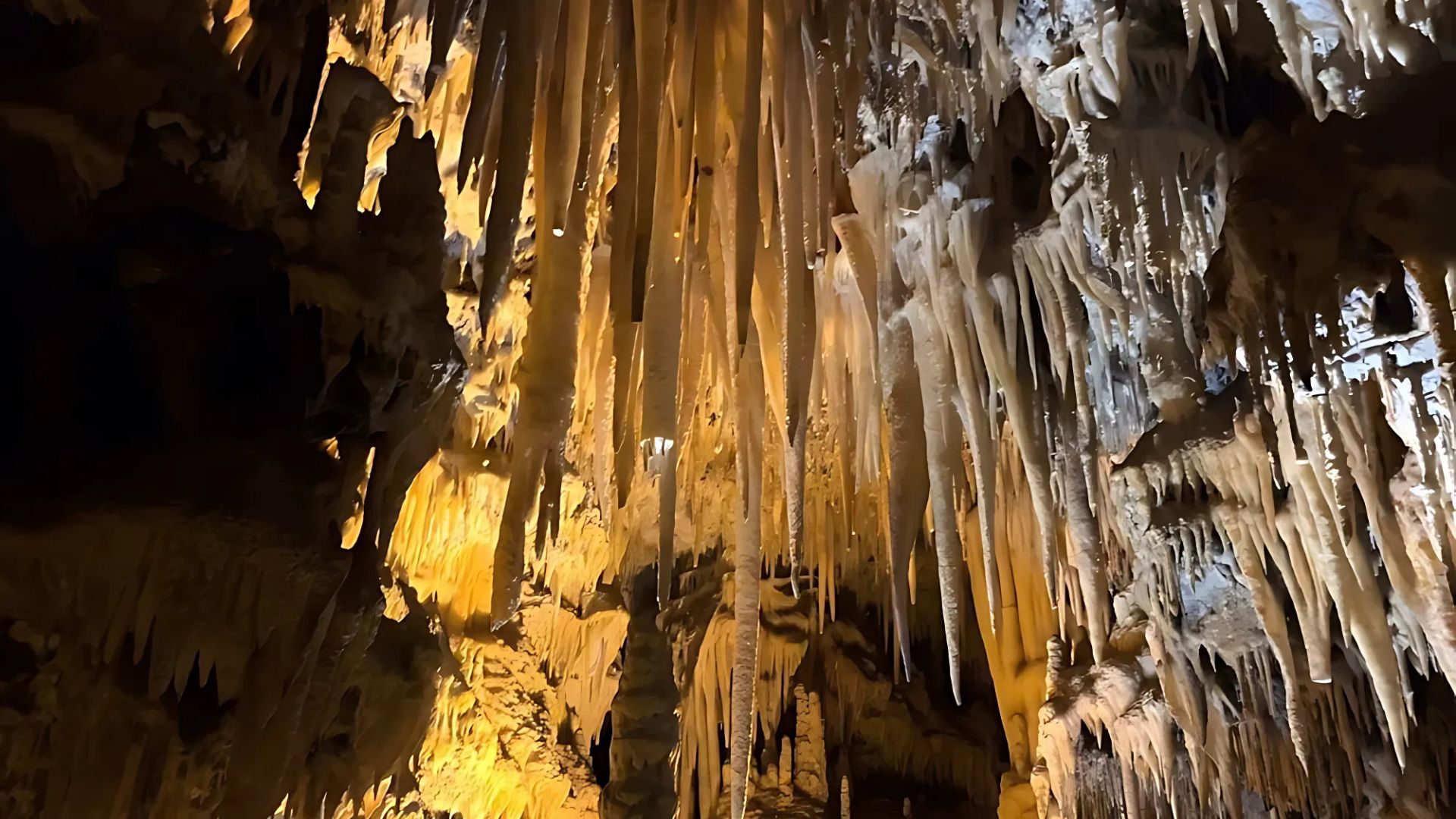
Stories of Rebellion and Transformation
The Black Abyss has a history as a hideout for people running from trouble. In medieval times, rebels hid here, plotting resistance against harsh rulers.
The maze of tunnels made it perfect for guerrilla fighters. They could slip in and out like “white and black phantoms moving amidst a gloom,” as one old account puts it.
These caves turned ordinary folks into freedom fighters. One story tells of Marco, a local farmer who led a rebel band living in the caves for months, sneaking out only at night for supplies.
Their bravery became a symbol of transformation and resilience in the region.
You can still see the carvings they left behind—silent witnesses to those who found refuge in the darkness.
Christianity and the Shadows of the Inquisition
During the Spanish Inquisition, people fleeing religious persecution hid in these caves. The darkness that scared some became a lifeline for others.
Christian symbols carved into the walls tell stories of secret faith. I spotted crosses and images of apostles tucked away in remote chambers.
Some say masses were held in a small chamber now called “The Chapel.”
One feature stands out—a natural shape that looks like the Last Judgment, with stalactites reaching down like divine fingers.
Our guide said persecuted Christians saw this as a sign of God’s protection.
The Black Abyss became both a physical and spiritual refuge from the Inquisition. Some faced trial and execution above ground, but others found safety and community in these depths.

Historical and Cultural Significance
The Castellana Caves have a long, tangled history that goes back thousands of years. These stunning formations have seen empires rise and fall, sparked local traditions, and shaped Puglia’s identity.
From Roman Times to the Present
Ancient Romans knew about the cave entrances but never really explored the whole system. They treated these spots as sacred, often dedicating them to the gods of the underworld.
Artifacts found near the entrances date back to Roman times, hinting at rituals held here.
For centuries, locals avoided the caves, thinking they were gateways to hell or homes for evil spirits.
That changed in 1938, when speleologist Franco Anelli finally mapped out the system.
The White Cave’s alabaster beauty made it instantly famous.
Now, these caves are one of Italy’s top natural heritage sites.
Charlemagne, Ghent, and the Tenth Century
In the tenth century, when Charlemagne’s influence spread across Europe, this region came under Byzantine rule.
I found out that documents from Ghent mention “white chambers beneath the earth” in southern Italy.
Some historians think these refer to the Castellana Caves, especially the White Cave.
Traders from the north might have visited the cave entrances while passing through Bari.
One local legend tells of a Frankish knight who went in looking for treasure but came out saying he’d found “the palace of heavenly whiteness.”
That story traveled to Ghent, sparking early European curiosity about these caves.

Influence on Local and European Heritage
The caves have shaped local identity and folklore in big ways. I’ve talked to locals who say the contrast between the White Cave and Black Abyss inspired Pugliese festivals celebrating light and darkness.
Every year, Castellana Grotte throws a festival where people reenact the caves’ discovery with wild light shows.
Artists, scientists, and writers from all over Europe have drawn inspiration from these caves.
The White Cave’s unique formations have even influenced local architecture.
Cave research here has pushed European speleology forward, making Castellana a model for cave preservation and tourism.
Literary and Artistic Connections
The Castellana Caves have sparked the imagination of artists and writers for centuries. Their dramatic shapes and mysterious vibe have drawn in filmmakers, poets, and philosophers.
The Caves in Film and Literature
These caves have starred in a few films, like the 1959 adventure movie “Ercole e la regina di Lidia.” The White Cave made a perfect mythical backdrop.
In literature, the caves pop up in fiction and poetry. Spanish author Carmen Laforet described them as “nature’s cathedral underneath the earth” in her travel essays.
The caves’ acoustics even inspired musical pieces, like Ennio Morricone’s “Echoes of the Underground.”
Local folklore keeps the stories alive, with tales of hidden treasures and strange creatures lurking in the Black Abyss.

Moratin, Diary Accounts, and Bibliographical References
When I started digging into the literary history of the Castellana Caves, Leandro Fernández de Moratín’s diary entries stood out to me. As he traveled through southern Italy in the late 1700s, Moratín jotted down notes about the area, but honestly, he seemed more interested in the scenery around the caves than in the caves themselves.
Later on, a few Madrid travelers took their crack at documenting the caves. Count Alfonso de Bourbon, for example, visited in 1832 and described the stalactites as “frozen waterfalls of stone.” That image has stuck with me.
You can spot references to the caves in books like “Compendium of Natural Wonders of the Mediterranean” (1856) and “Italian Subterranean Marvels” (1889). These old scientific catalogs played a part in getting the caves noticed in natural history circles.
Translations, Project Gutenberg, and the Second Edition
I’ve come across some translated works about the caves on Project Gutenberg, including Giovanni Abela’s “Wonders Below Italy” from 1878. The second edition, which came out in 1892, added more observations and illustrations—honestly, the images do a better job of showing off the caves’ beauty.
English translations didn’t show up right away. The first big English-language guide finally appeared in 1923, published by Oxford University Press. That book put the caves on the radar for English-speaking travelers.
Now, Project Gutenberg hosts digital versions of these early texts. Anyone interested—researchers, cave fans, the just-curious—can read them for free. There’s even a collection of rare old photos, like Antonio Lazzari’s 1901 glass plate shots, which capture something special about the caves.
The Natural Philosopher’s Perspective
I’ve always felt a pull toward the stories of natural philosophers who explored these caves. Back in the 19th century, geologist Charles Lyell visited them and jotted down notes about the formations.
Later, he worked those observations into his theories on how limestone dissolves. It’s fascinating how he connected what he saw underground to big ideas about geology.
Scientists from Madrid—and honestly, all over Europe—flocked to these caves. They sketched the crystal formations with impressive care.
Those drawings ended up playing a pretty big role in what people knew about minerals back then.
What grabbed the attention of these philosophers was the stark contrast between the White Cave and the Black Abyss. That difference fueled heated arguments about how caves form deep underground and just how old the Earth might be.
A few of them even tried out some early experiments inside the caves. They checked temperature changes and air quality at different depths.
Those first attempts at scientific investigation laid the groundwork for what we now call speleology. It’s wild to think how much of today’s cave conservation started with their curiosity.

